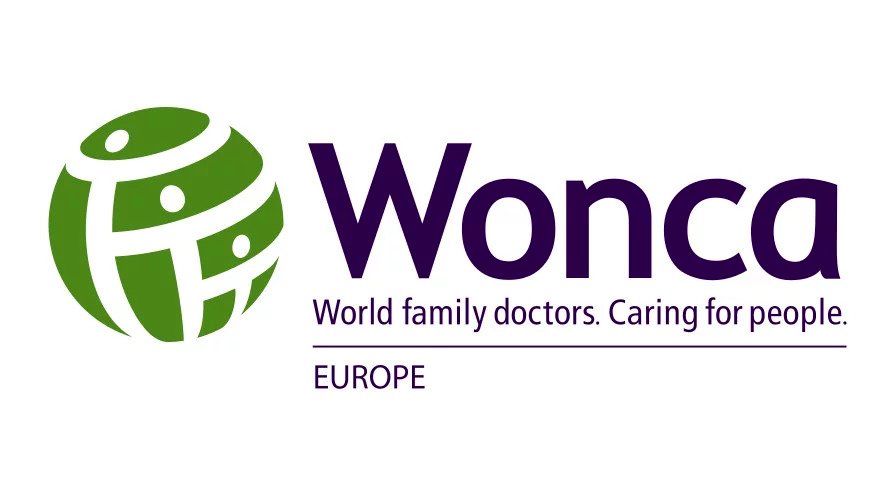Excessive workload, early burnout, and the shortage of the primary care workforce are interconnected factors representing the most formidable challenge of the near future. The complexity of the shortage of doctors and other healthcare professionals in European primary care necessitates a comprehensive approach. The quality of health care and the well-being of our communities are inherently linked to the health and well-being of the primary care workforce. WONCA Europe emphasises the urgent need for a well-staffed and adequately funded primary care system and draws the attention of European healthcare policymakers to the potential catastrophic consequences of workforce shortage and underfunding.
WONCA Europe urges policymakers to support initiatives aimed at reducing the workload of primary care physicians and other professionals, and effectively addressing the shortage of the primary healthcare workforce. Here are several strategies proposed by WONCA Europe to help tackle these issues:
-
Increase workforce capacity: To distribute the workload, it is crucial to increase the number of primary care doctors as well as nurses and other primary care professionals. This can be achieved by encouraging more medical students to choose primary care specialties, expanding medical school capacities and providing incentives for doctors to work in underserved areas.
-
Improve working conditions: Enhancing the attractiveness of primary care practice by addressing issues such as long working hours, heavy workload, increased bureaucracy, and accelerated burnout can help retain and attract more doctors to this field.
-
Utilise team-based care: Implementing team-based models of care, where primary care doctors collaborate with nurses, physician assistants and other healthcare professionals, can effectively share the workload and improve quality and efficiency. Each team member can contribute their expertise, enabling family doctors to focus on more complex cases.
-
Embrace technology and telemedicine: Embracing digital health technologies and telemedicine can enhance access to primary care services, particularly in rural or underserved areas and alleviate the workload on doctors.
-
Support primary care research and innovation: Investing in research and innovation specific to primary care can improve the evidence base for primary care practice, enhance efficiency and attract more doctors to the field.
-
Promote awareness and education of stakeholders and the public: Promote activities and educate stakeholders and the public about the significance of primary care and its role in preventing and managing health conditions. Stakeholders should include universities. The aim is to foster a culture that regards primary care as important as other specialties, where patients are trustfully seeking primary care services and hence reduce the burden on other specialties.
-
Make general practice more sustainable, avoid waste of resources by properly addressing overmedicalization, overdiagnosis and overprescription. Include the concept of Too much medicine in the pre- and postgraduate teaching, in research and in Continuing Professional Development.
-
Streamline administrative tasks: Simplifying and automating administrative tasks, such as electronic health record documentation, appointment scheduling, preauthorization algorithms, and billing processes, can save time for primary care doctors and allow them to focus more on patient care.
-
Improve work-life balance: Promote work-life balance by implementing policies that prioritise reasonable working hours, limit overtime, and provide adequate rest and continuous medical education periods. Encourage doctors to take regular breaks, vacations and educational programs to recharge and rejuvenate.
Policymakers, healthcare organisations, and professional associations need to collaborate to develop tailored solutions that address the unique challenges faced in each region. By addressing the workload of primary care doctors and other professionals, we can enhance their professional satisfaction, improve patient outcomes, and strengthen primary care as a whole.

